Important Reasons Why You Should Get Asbestos Removed in Wollongong
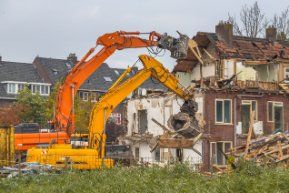
Asbestos removal in Wollongong is crucial because it can be a health hazard. It can be harmful to breathe in asbestos fibres, and it can also cause a lot of damage to your home if you don't get it out in time.
Common areas where asbestos can be found in Wollongong
During the late 1940s through to the mid-1980s, asbestos was used in various building materials. They were often used for waterproofing and as fireproofing material. They were also widely used in insulation and as a backing for vinyl flooring. Some of the most common products that contain asbestos are roof shingles, floor tiles, lagging around pipes, insulated hot water pipes, and cement sheeting. Asbestos is highly toxic and has been linked to numerous types of cancer. There is no known cure for most forms of asbestos-related diseases.
Asbestos was also used in many automotive products. Gaskets, brake pads, clutches, and other automotive parts were made of asbestos. Thousands of buildings throughout the country still contain asbestos. This is because it is inexpensive and easy to work with. However, asbestos is toxic and associated with mesothelioma, deadly cancer. The best way to ensure your home does not contain asbestos is to hire a professional asbestos removal company to remove it safely.
There are two types of asbestos. The first type is friable or unbonded. The other type is non-friable or bonded. These are the most common kinds of asbestos. The fibres in bonded asbestos are firmly bound and cannot be easily broken or crushed.
Asbestos is most commonly found in altered ultramafic rocks. It can also be found in serpentinites and other types of stone. It is also present in soils overlying rock that has asbestos in it. Asbestos is most likely to be found in older homes.
The Australian government banned asbestos in 2003, but it is still common in many homes. The Department of Health recommends checking homes built before the mid-1980s to ensure they don't contain asbestos. You can check for asbestos in your home by hiring a licensed assessor. If you find asbestos, keeping the material in good condition is vital, so it does not release toxic particles into the air. It is also essential to follow proper dust control.
Asbestos was regularly imported into Australia during the 1930s to meet the demand for construction material. It was a particularly favourable material for the post-war construction boom. While asbestos was widely used during the 20th century, it wasn't taken seriously as a health concern until the 1990s. It has become a significant health risk, killing more than 4,000 Australians yearly. Fortunately, the stakes were well-known in 2020.
You can learn more about asbestos in Australia through the AlertForce course. This course provides essential knowledge on the dangers of asbestos and introduces you to the WHS standards that apply to asbestos.
Dangers of asbestos exposure
Getting asbestos removal in Wollongong is a big deal. Not only does it have to be done correctly to ensure the safety of workers, but it can also pose serious health risks to the public. Asbestos is a toxic material that can cause some diseases, including mesothelioma, lung cancer, and ovary cancer. The risk of developing an asbestos-related illness is determined by the amount of asbestos dust inhaled and the length of exposure to an individual.
The main danger associated with asbestos is the occurrence of mesothelioma, a rare but deadly cancer of the lungs, the lining of the lungs, and other tissues. It is often a silent disease, but when symptoms are present, they may cause breathing problems, breathlessness, and chest pain. The signs of mesothelioma may not appear until 30 to 40 years after exposure.
Some of the most common places to find asbestos include roofing, floorboards, vinyl flooring, backing glue, and other products. When the material is broken, scraped, or drilled, tiny fibres of asbestos are released into the air. They can be easily inhaled. The effects of inhaled fibres include scarring, inflammation, and irreversible respiratory disorders.
You should talk to your doctor if you have been exposed to asbestos. If your doctor thinks you may be at risk for asbestos-related diseases, you may be referred to an asbestos specialist for testing. However, even if you are healthy and do not have any signs of an asbestos-related illness, it is vital to be aware of the risks. Asbestos has been linked to several tragic deaths.
A survey of DIY home renovators found that about 20% plan to renovate their homes in the next five years. They are particularly at risk of asbestos exposure if they have an older house needing renovation. This is especially true if they are doing asbestos roofs or siding work because the weathering process can expose these materials to the elements. It is best only to renovate differently.
There are many different types of asbestos. While some classes are less dangerous than others, all are potentially harmful. There are several types, such as friable asbestos, which breaks down into microscopically tiny fibres and is airborne when broken or disturbed. These fibres can lodge in the lungs and cause lung cancer, pleural plaques, and other diseases.
Asbestos is also found in other materials, such as lagging around pipes and electrical meter boards. These can be inhaled or absorbed through the skin. There is no known safe level of asbestos exposure, and some experts believe that the risk of developing an asbestos-related illness increases with the amount of asbestos inhaled or absorbed.
Removing asbestos safely
Whether you are removing asbestos from your home or office, you must follow a few steps to ensure safety and minimize risks. This will also help to avoid costly and unnecessary clean-up expenses.
The proper disposal of asbestos can prevent the fabric from becoming airborne and causing damage to the surrounding environment. Using a professional company is the most effective and safest way to remove asbestos. These companies are trained to remove and dispose of the material properly and safely.
The first step in removing asbestos is identifying which material contains the fibres. This is usually done by using a lab-tested sample. This will allow you to determine the amount of asbestos present and the best method to remove it. You can also consult an asbestos abatement expert who can advise you on the best ways to proceed.
The next step is to properly decontaminate the area where the asbestos materials will be removed. A HEPA air filter is placed in the work area to ensure that the asbestos material is filtered out. A clean-air exhaust duct is also installed outside the area to help catch any stray fibres. The site is vacuumed to remove any debris and then wiped down. In addition, a wetting agent is used to create a fine mist to prevent any escaping asbestos fibres.
The best method to remove asbestos is to hire a company with the correct licensing. This will ensure that the removal is done according to the state's regulations and by a qualified contractor. You can also check with your local building department to determine if your home has any asbestos.
If you are still determining whether you have asbestos in your home, you should consider hiring a professional to perform an asbestos test. Leaving asbestos in your home can put you at risk for mesothelioma, a malignant disease resulting from inhaling asbestos fibres. You will also need to follow all other federal and local regulations.
Other things to remember include using the proper equipment and techniques to remove the asbestos. For example, if you plan to remove pipe insulation, you should remove it in full rather than just ripping out pieces of the insulation. You should also use unique fabric to cover small areas where the material might be exposed. This will not only keep the material from getting airborne but also prevent other materials from being disturbed.
Getting asbestos removed from your property as soon as you discover it is imperative. Not only are the long-term implications of asbestos exposure dangerous. If you live in the Wollongong area and want to remove asbestos from your property, call us today at
02 4202 6381!
You Might Also Like

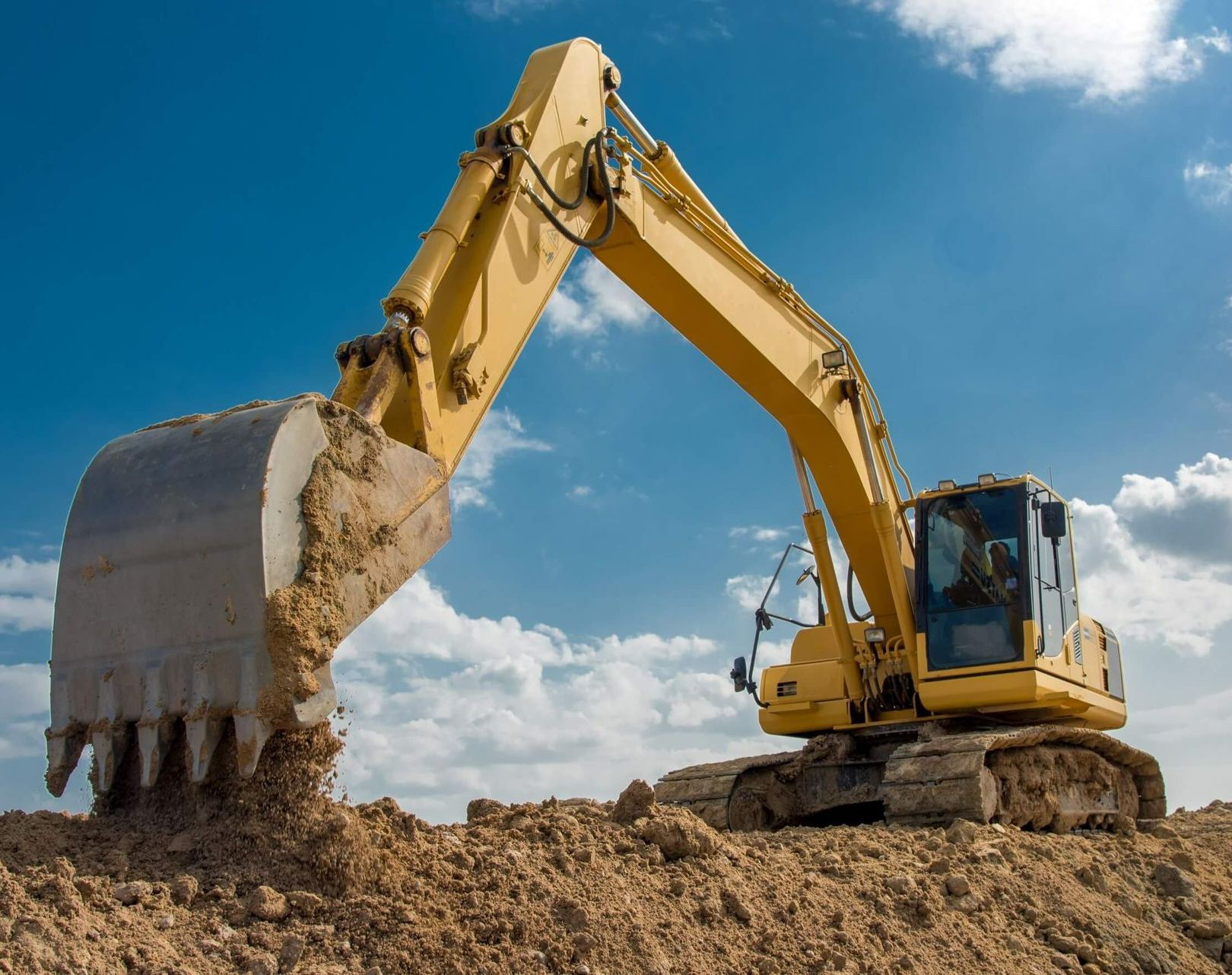


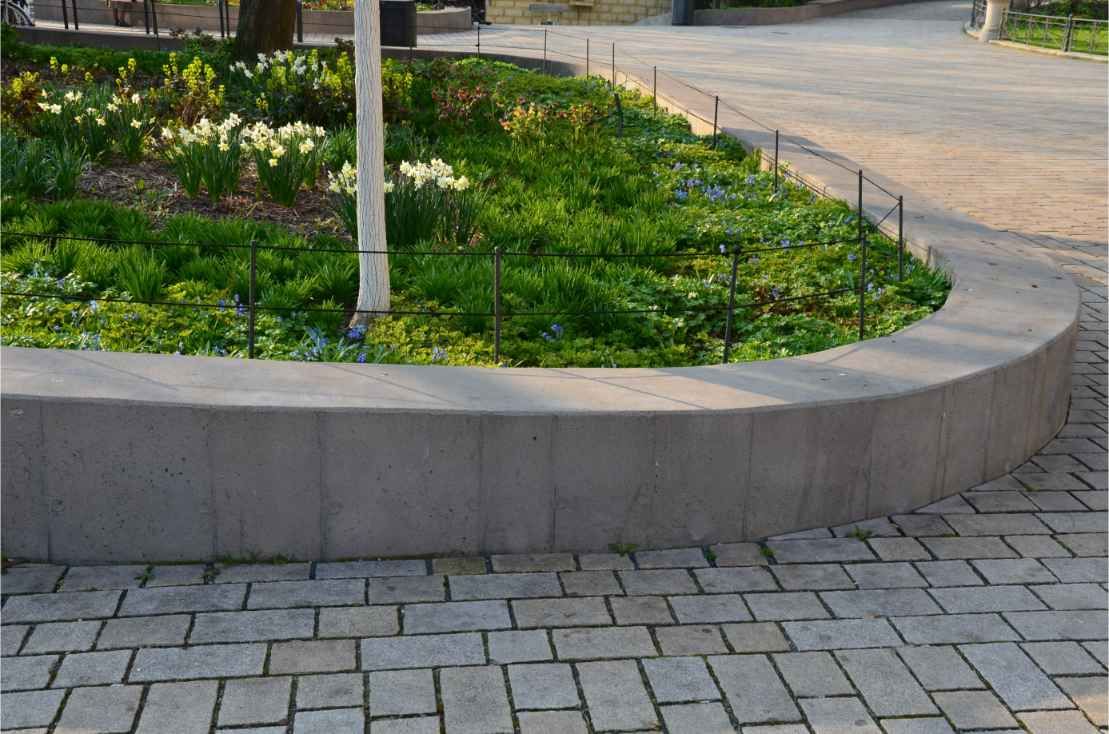
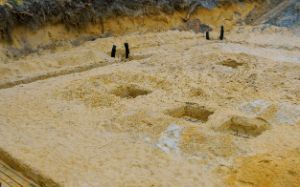
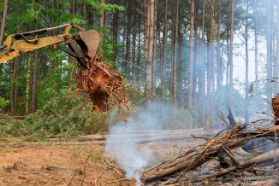
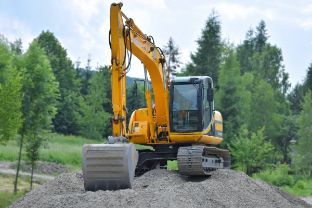
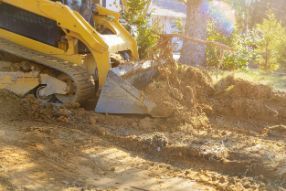
Free Instant Quote
**plus FREE bonus coupon**
Contact Form
We will get back to you as soon as possible.
Please try again later.
© 2022 AR Excavation Wollongong
This is a referral site.